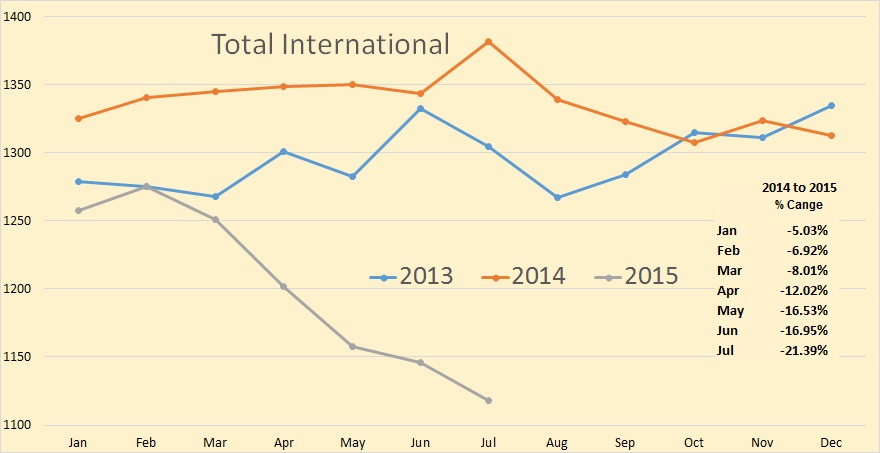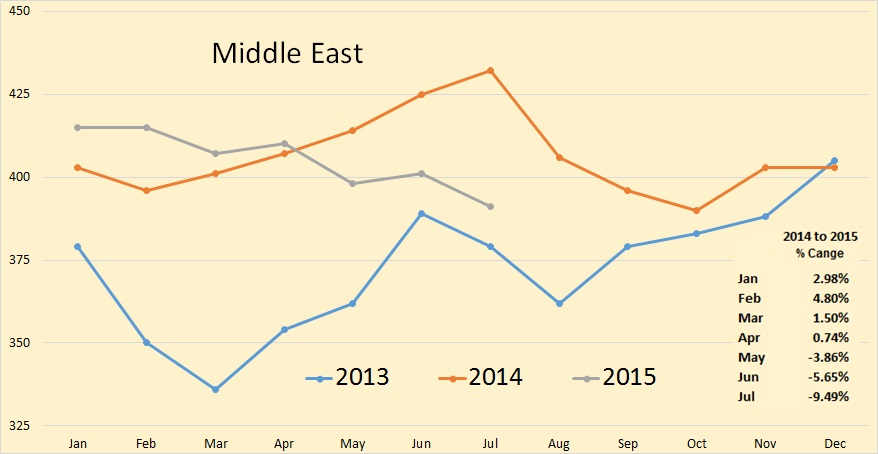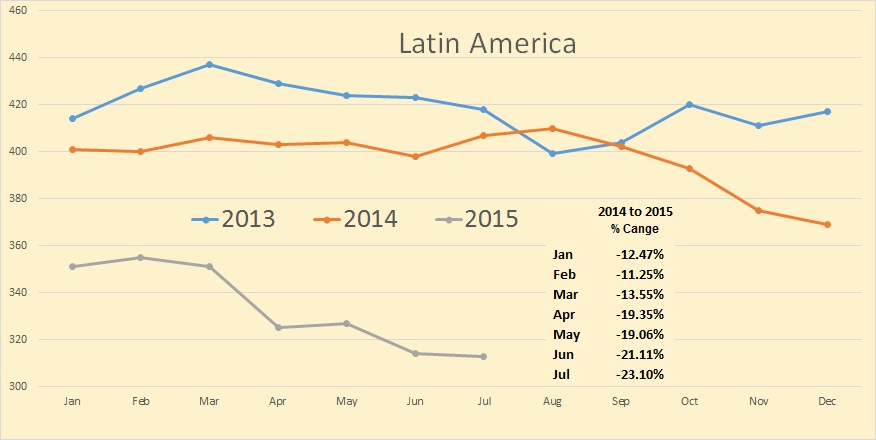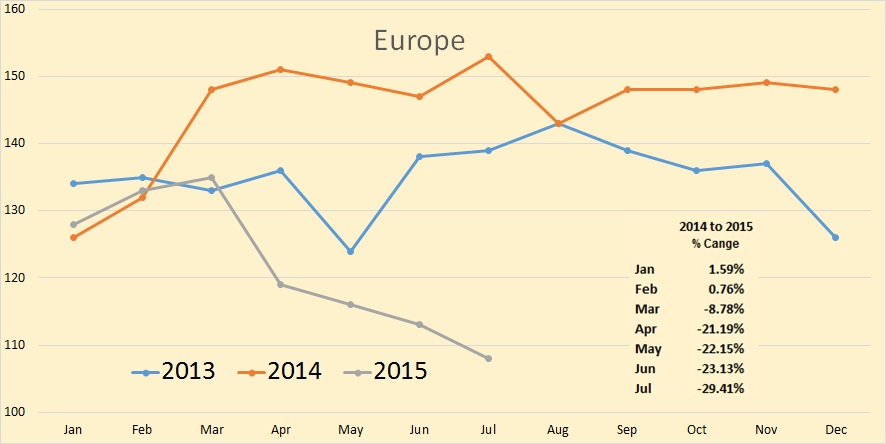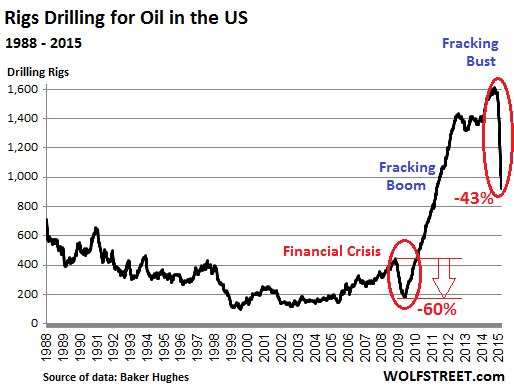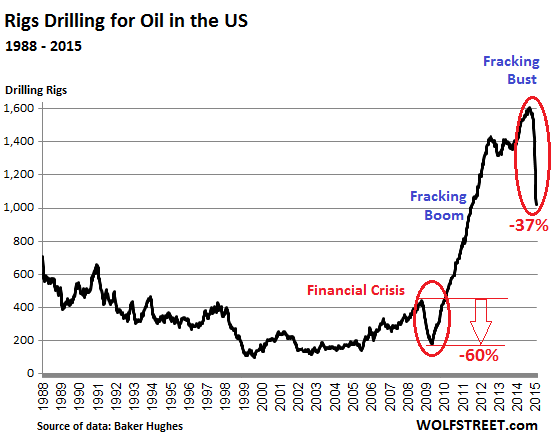Baker Hughes reported a 4-rig decrease for oil and gas in the United States this week—a loss in rigs for the third week in a row. The four-rig decline was all on the oil-rig side, with gas rigs holding steady.
The total number of active oil and gas drilling rigs now stands at 1,071 according to the report, with the number of active oil rigs decreasing by 4 to reach 873 and the number of gas rigs holding steady at 198.
The oil and gas rig count is now 141 up from this time last year, 126 of which is in oil rigs.
Crude oil prices fell sharply near the close of the week on Friday despite production losses in OPEC’s Libya and an agreement within OPEC+ to cut 1.2 million bpd from the expanded cartel’s October production.
The WTI benchmark was trading down 2.26% (-$1.19) at $51.39—a loss of more than $2 per barrel week over week—at 11:39am EST. Brent crude was trading down 1.84% (-$1.13) at $60.32—also down more than $2 per barrel from last week
Canada’s oil and gas rigs for the week decreased by 12 rigs this week after losing 17 rigs last week, bringing its total oil and gas rig count to 174, which is 64 fewer rigs than this time last year, with a 7-rig decrease for oil rigs, and a 5-rig decrease for gas rigs.
The EIA’s estimates for US production for the week ending December 7 continues to weigh on prices, averaging 11.6 million bpd—a drop off from the previous 11.7 million bpd for the previous four weeks.
By 1:07pm EDT, WTI had decreased by 2.68% (-$1.41) at $51.17 on the day. Brent crude was trading down 2.03% (-$1.25) at $60.20 per barrel.







 Since the possible double bottom at $26 formed on February 11th the oil price has staged a rally to $40 (WTI). Traders lucky enough to buy at $26 and sell at $40 have pocketed a tidy 54% profit. Very few will have been this lucky. The trade was stimulated by news that Saudi Arabia and Russia had agreed to not increase production this year which is hollow news since neither country could significantly increase production no matter how hard they tried. Profit taking has now driven WTI back towards $37 as of 1 April.
Since the possible double bottom at $26 formed on February 11th the oil price has staged a rally to $40 (WTI). Traders lucky enough to buy at $26 and sell at $40 have pocketed a tidy 54% profit. Very few will have been this lucky. The trade was stimulated by news that Saudi Arabia and Russia had agreed to not increase production this year which is hollow news since neither country could significantly increase production no matter how hard they tried. Profit taking has now driven WTI back towards $37 as of 1 April.


